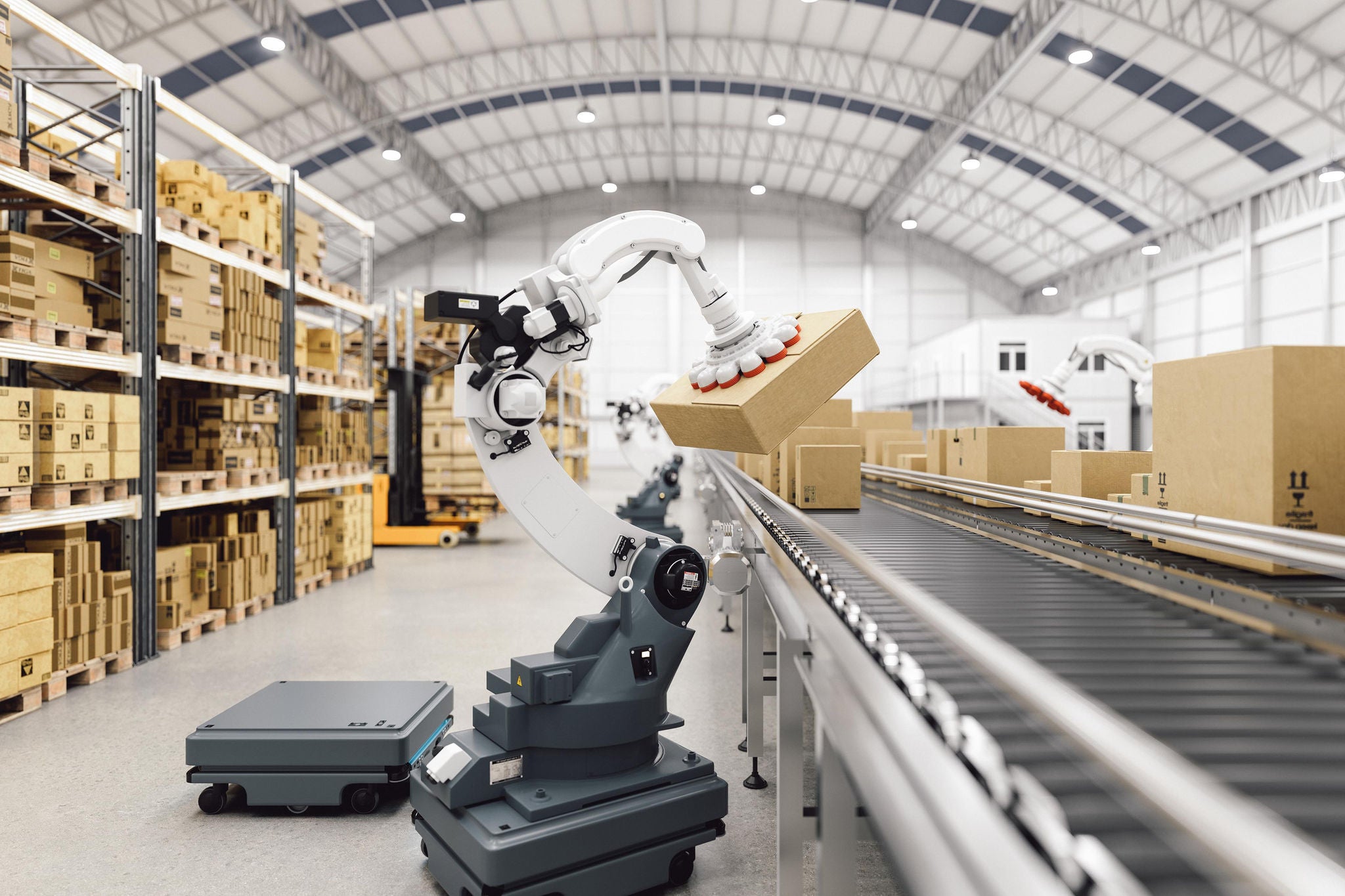EY refers to the global organization, and may refer to one or more, of the member firms of Ernst & Young Global Limited, each of which is a separate legal entity. Ernst & Young Global Limited, a UK company limited by guarantee, does not provide services to clients.

Don’t let supply chain constraints throttle customer demand. Discover improved warehouse management strategies.
In brief
- Increase automation to manage product diversification.
- Prioritize data for informed decision-making.
- Build lasting value through talent optimization.
It used to feel like warehouse management was a linear process, didn’t it? You ordered inventory. You stored inventory. And you shipped product based on orders. But then the events of the past few years changed everything. As a result, today the supply chain is under constant disruption. The empty shelves that started with the pandemic, and then the ongoing spotty availability of some products and brands, have resulted in lost market share for brands and frustrated consumers, forcing manufacturers to do things differently. Just-in-time manufacturing is simply getting too difficult to manage. And we’re seeing an explosion of SKUs from manufacturers eager to address shortfalls on the shelves at retail, as well as shifting consumer preferences changing at a speed that operations are struggling to keep up with. Why do I mention all of this? Quite simply, those dynamics are now placing one enormous challenge on the desk of every warehousing and distribution executive: how to quickly modernize in an industry that’s traditionally been slow to change. If this sounds familiar, consider these three new rules to optimize your warehousing business for the bumpy road ahead:
Chapter 1
Increase automation to manage product diversification
As manufacturers diversify SKUs to sidestep disruption, only automation can manage complexity
Let’s consider an example. Cookie Company A has been making America’s most beloved cookie for decades. But cookie-loving consumers started turning to other brands and options when supply chain hiccups caused delays and shortages. Now the company has a dozen new flavors to choose from. That’s great news if you love cookies, but less than ideal for warehousing operations that are now dealing with packing inconsistencies, mixed pallet deliveries and increased labor costs to manage everything. Multiply this by thousands of orders and hundreds of brands, each with their own variables and delivery specifications, plus demand from manufacturers that warehouses cover their entire catalog, and most warehousing and distribution operations understand they need to change quickly to keep up. This is where automation can help, by increasing flexibility and offering storage alternatives to handle the complex product mix and allow the organization to focus on core business volume operations. As orders become complex, increased automation and robotics will be critical to optimize fulfillment and distribution.
Chapter 2
Prioritize data for informed decision-making
Only data-driven processes can truly solve problems, add speed to agility and help plot the road ahead
The entire logistics industry has been slower than many others to adapt to the digital age. But it’s now essential for warehousing and distribution operations to embrace both digitization and better data practices. Meeting consumer expectations for same-day, or rapid, shipping will not be possible without data-driven processes. Take the case of the latest, in-demand smartphone that is a must-have for customers across the country who (a) want it and (b) expect it today, or at worst tomorrow. Without data-led warehouse management systems in place, it will be impossible to understand, in real-time inventory levels, or to manage rapid and complex distribution routes, track phones in transit and make critical adjustments to avoid delays and disruption. Transitioning to these kinds of data-optimized warehousing models can also provide predictive modeling for greater efficiencies as your business matures and scales.
Remember this, warehousing and logistics are the final, crucial touch point before the customer. Companies must continue to harvest data points at this executional level not only to increase operation throughput but also to truly understand any last touch changes that could improve the customer experience. Data collation and analysis will continue to play an increasingly essential role as supply chains mature, too. It will also be central to successful automation, AI and machine learning initiatives necessary for improving efficiency, reducing labor and minimizing transportation for sustainability.
Chapter 3
Build lasting value through talent optimization
Don’t forget people – the crucial key – to collaborative systems and real supply chain optimization
Your multimillion-dollar warehouse starts depreciating the moment the ink dries on the purchase paperwork. That value slide then continues for 30 years. But optimization can help you streamline and realize untapped value even while that occurs. Most executives understand optimization in terms of technology and process solutions, which are, of course, essential, but real optimization also must include talent across your business. Is marketing launching a new product or are there radical changes to the product mix that will bring cascading supply and demand challenges? Is finance at the planning table to help scale funding for the initiative? All business functions must be truly integrated to create an accurate picture of performance and build success, especially warehousing and distribution. A failure here to deliver can impact sales, revenue and reputation. As a warehousing executive, work with your leadership to help them understand you’re not the place where the product comes and goes but rather a central conduit of long-term success and the feedback mechanism for the rest of the organization. Consider, too, whether you have the in-house resources or could benefit from an external resource that brings cross-industry experience and standardized processes to the task of digital transformation. As you manage your business, and the on-the-ground implementation of change, they can provide the guidance to help pull the most effective optimization levers that will future-proof your business starting today.
How EY teams can help
-
Supply chain disruption is inevitable. Leaders must be confident they can act quickly, flex as needed and have elasticity in their supply chain operations.
Read more
Summary
The intersection of consumer demand for product diversity and supply chain constraints drives the urgent need for warehouse management optimization, from manufacturing to distribution network planning.



